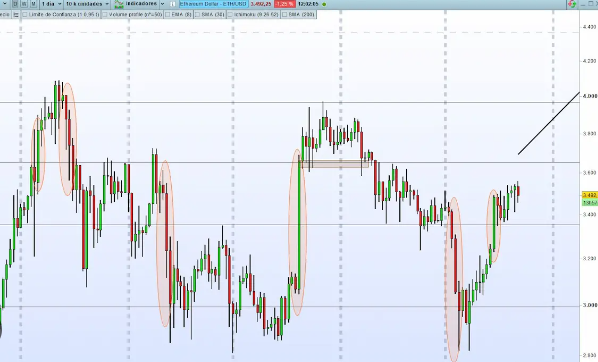How to Use the WMA Indicator in Forex Trading
The Weighted Moving Average (WMA) indicator is a popular tool used in forex trading to analyze market trends and aid in making trading decisions. Here are some steps to effectively use the WMA indicator:
- Understanding the WMA: The WMA calculates the average price value over a specific period, giving more weight to recent price data. Unlike the Simple Moving Average (SMA), which gives equal weight to all periods, the WMA focuses on recent data, making it more responsive to short-term price movements.
- Choose the Right Timeframe: Select the timeframe that aligns with your trading strategy. Short-term traders may use a shorter period, such as 5 or 10, while long-term traders may prefer a longer period, such as 50 or 100.
- Plotting the WMA: Add the WMA indicator to your trading platform. Select the number of periods you want to consider and apply the indicator to your chart. The WMA will then be plotted on your chart, showing the average price over the selected period.
- Analyzing Trend Direction: One common use of the WMA is to identify the direction of the trend. When the WMA is sloping upwards, it indicates an uptrend, while a downward sloping WMA suggests a downtrend. This information can help you decide whether to enter a buy or sell position.
- Identifying Support and Resistance Levels: The WMA can also act as support or resistance levels. During an uptrend, the WMA may act as a support level, where prices tend to bounce off or find buying interest. Conversely, during a downtrend, the WMA may act as a resistance level, where prices find selling pressure.
- Confirming Reversals: The WMA can help confirm potential trend reversals. If the price crosses the WMA from below, it may indicate a bullish reversal, while a cross from above could signal a bearish reversal. However, it’s important to use other technical analysis tools or indicators to confirm these signals.
- Considering Multiple Timeframes: To get a clearer picture of the overall trend, consider evaluating the WMA on multiple timeframes. For instance, use a longer-term WMA on a higher timeframe, such as the daily chart, to identify the overall trend, and then use a shorter-term WMA on a lower timeframe, such as the hourly chart, to fine-tune your entry and exit points.
Remember, the WMA is just one tool among many in forex trading. Always use it in conjunction with other indicators and insights to make informed decisions. Test and refine your strategy using demo accounts before employing it in live trading situations.
Risk Management in Forex Trading
Successful forex trading requires more than just understanding market trends; risk management is essential. Traders must carefully balance potential rewards with the risks involved, much like choosing the best Aussie online casino for a secure and enjoyable experience. In both trading and gambling, the ability to assess risk, set limits, and maintain control is the key to long-term success.














20 comments